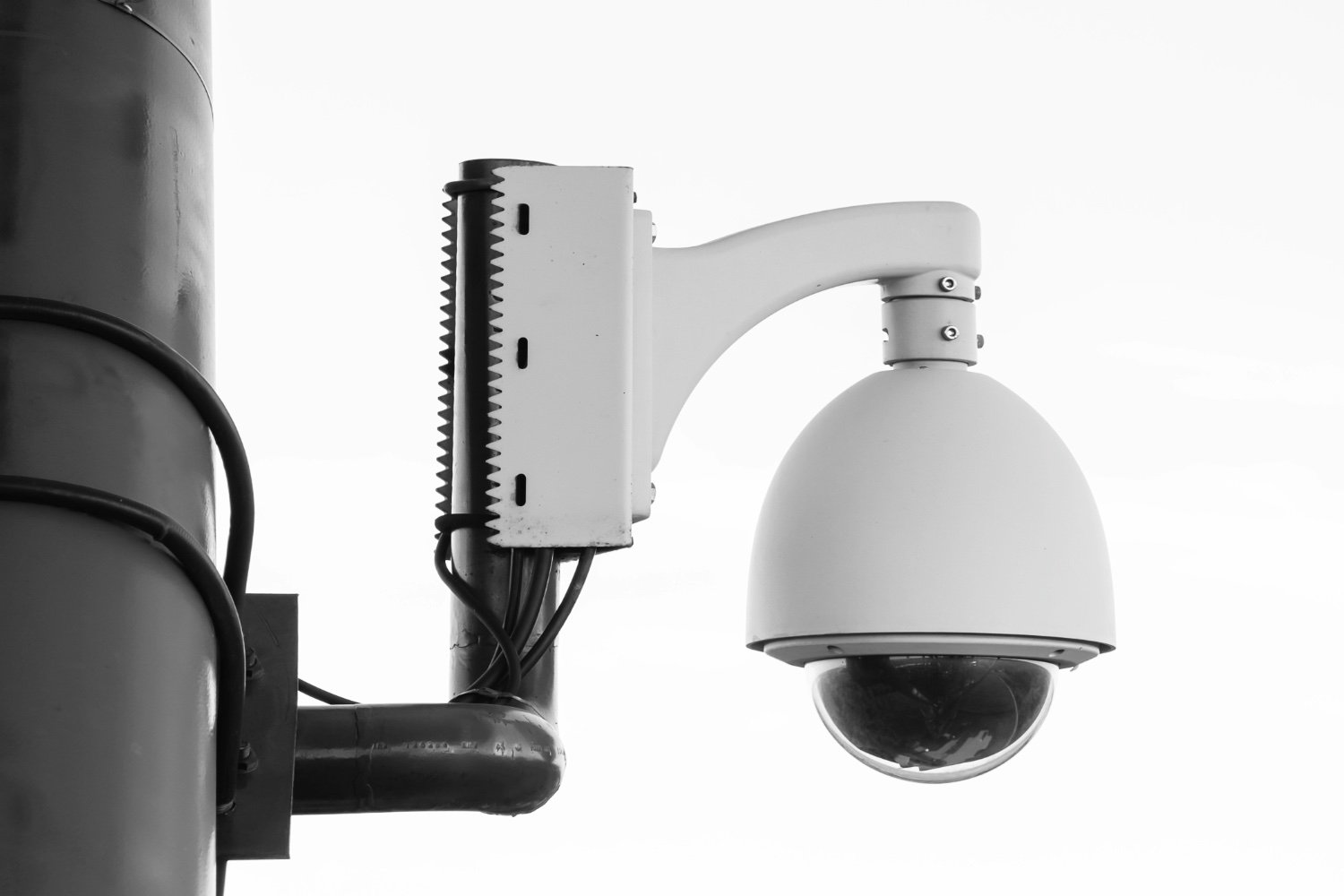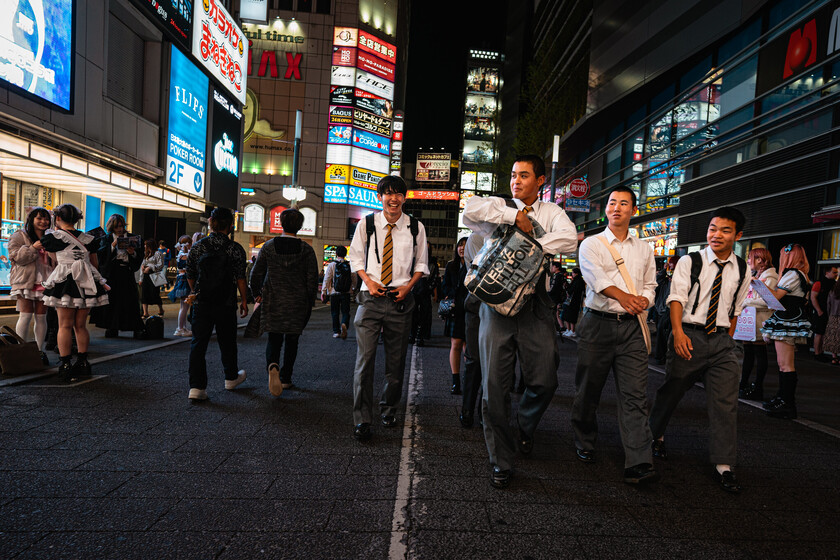At first glance, the cameras installed in Thonon-les-Bains are not exceptional. Discreet, they are posted near sensitive schools and public places. But behind these lenses has hidden a new generation of surveillance: since January, the town of Haute-Savoie has been testing an algorithmic video surveillance system, capable of automatically analyzing the images and alerting the police in the event of suspicious behavior.
A really effective system?
Djamel Keriche, responsible for public security for the city, showed France 3 How it works: an individual who revolves around a crèche is spotted by the software, and highlighted on the screen. When he tries to force a window, an alarm sounds and a patrol is dispatched. This case is fictitious, but it illustrates the capabilities of the system.
« We can have a prowler, a break -in, a wild deposit … where we sometimes needed hours of research, we have the info in a few seconds He explains. The software also recognizes suspect objects, crowd movements or can do targeted research: ” For example, you can look for a yellow vehicle that passed yesterday », Illustrates Djamel Keriche.
These technologies, tested in several cities in France, remain supervised: no facial recognition or reading of license plates. Experimentation is authorized until March 2027.
Before Thonon, it was in Paris that these systems were tested, especially during the 2024 Olympic Games. 800 so -called “increased” cameras were deployed to detect unusual behavior around stages, in transport or during festivities.
But according to a parliamentary report published in March 2025 and taken up by Actu.frthe results are far from convincing. If the overall security of the Olympic Games has been welcomed, it is not thanks to the algorithmic video. “” Real success is human », Slice the deputy Stéphane little. A strong police presence, effective coordination, a benevolent posture: this is what reassured the public, according to the authors of the report.
As for the cameras, they could not detect situations however provided in their specifications, such as an armed person or an abandoned package. A single case of significant use is reported: the identification of a lost mushroom picker … In reality, only three or four of the eight scenarios defined by law worked properly, such as the detection of crowd movements or intrusions in prohibited areas.
If the tool may seem promising, its supervision raises questions. The cameras do not record personal data, but they remain an automated monitoring device. “” It’s not trivial, there may be biases or drifts “Warns Stéphane little.
🟣 To not miss any news on the Geek newspaper, subscribe to Google News and on our WhatsApp. And if you love us, .











